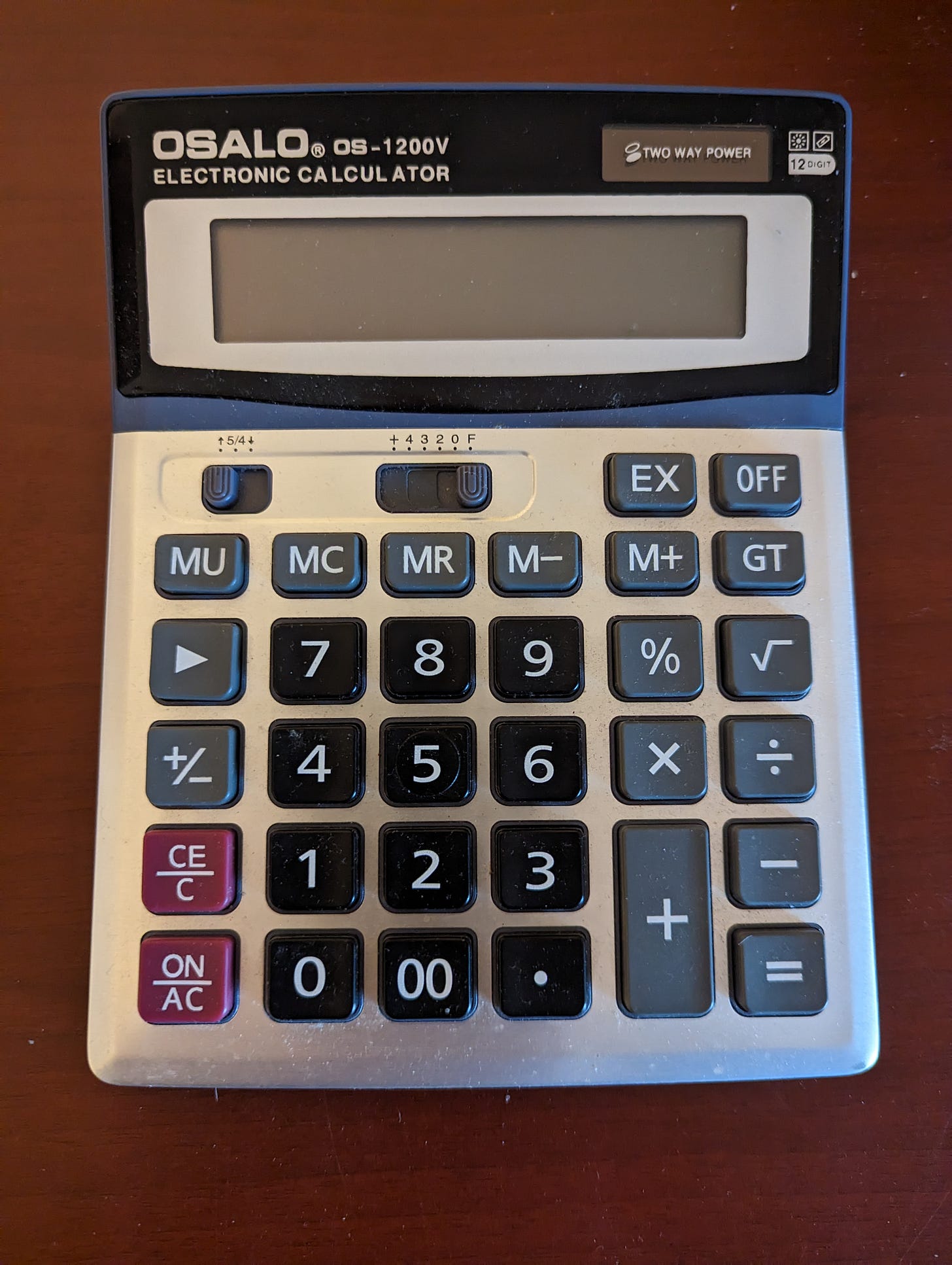The Process Safety Professional. Part 7: The Importance of Calculations
We received an interesting comment about the use of calculations in process safety work. The commenter said,
Why is it that many authors don’t pay much attention to process safety calculations? . . . I think we need to install more calculations and evidencing by numbers when it comes to process safety. I have the feeling that otherwise we would end up holding long talks and can’t provide scientific evidence for process safety related decisions.
The commenter did not specify the type of calculation. There are many areas that could be considered. For example, vapor dispersion, fires and explosions, and equipment reliability can all be quantified.
As I think about the comment, my overall reaction is that quantification is indeed important — in all areas of business. The famous quotation ascribed to Peter Drucker says it all,
What gets measured gets done.
With regard to process safety calculations in particular, here are some thoughts.
Process Safety Management
Although Process Safety Management (PSM) is often seen as being a safety program, particularly by clients, it is fundamentally a management program. A well-managed facility will not only be safe, it also will operate smoothly, and it will meet production and productivity goals. Indeed, we have learned that many of the principles of PSM can be applied to a wide range of industries — not just process facilities. So, even the word ‘Process’ may be too restrictive.
Given this interpretation a successful process safety manager will, among his or her many other tasks, recruit specialists to carry out calculations in specialized areas such as a vapor dispersion or system availability. The manager will then incorporate the findings from the calculations into the overall management program.
Quality of the Results
Many of the calculations that are used to inform process safety decisions are not of high quality. The accuracy of the results is not comparable to say that of engineering design.
One reason for this difficulty is that it is difficult to verify many of the parameters and assumptions used. For example, it is not realistic to run a large number of very expensive compressors to the point of failure in order to evaluate Mean Time to Failure (MTTF) of these items. Similarly, we cannot release large clouds of toxic vapors in order to verify dispersion characteristics.
Another concern to do with calculation quality is to do with the assumptions made. For example, if we talk about a leak from a pipe are we talking about a tiny pinhole, a 1 inch diameter hole, or a full guillotine break of the pipe?
Response to the Calculations
A third concern is to do with the use that managers make use of process safety calculations. For example, an analyst may calculate the distance that a vapor release will travel. She will come up with an Immediately Damaging to Life and Health (IDLH) envelope.
From a management point of view. it is probably not all that important whether the IDLH boundary is 1 mile or ½ mile. The manner in which the people at the facility will work with the community and the local fire department is not likely to change depending on the size of that envelope.
We see the same issue regarding relevance of results during many Process Hazards Analyses (PHAs). The PHA team typically uses a risk matrix. Identified hazards are given a risk ranking from ‘A’ to ‘D’. An ‘A’ risk requires immediate, “Stop the bus right now” attention. ‘D’-level risks can often be deferred for further evaluation. So, most discussions are to do with ‘B’ and ‘C’-level risk, which means that use of the matrix does not add much value to the discussion.
Conclusion
In spite of the above concerns, there is no doubt that quantification is both important and useful. But, within the context of an overall process safety management system, calculations are just one factor among many.





